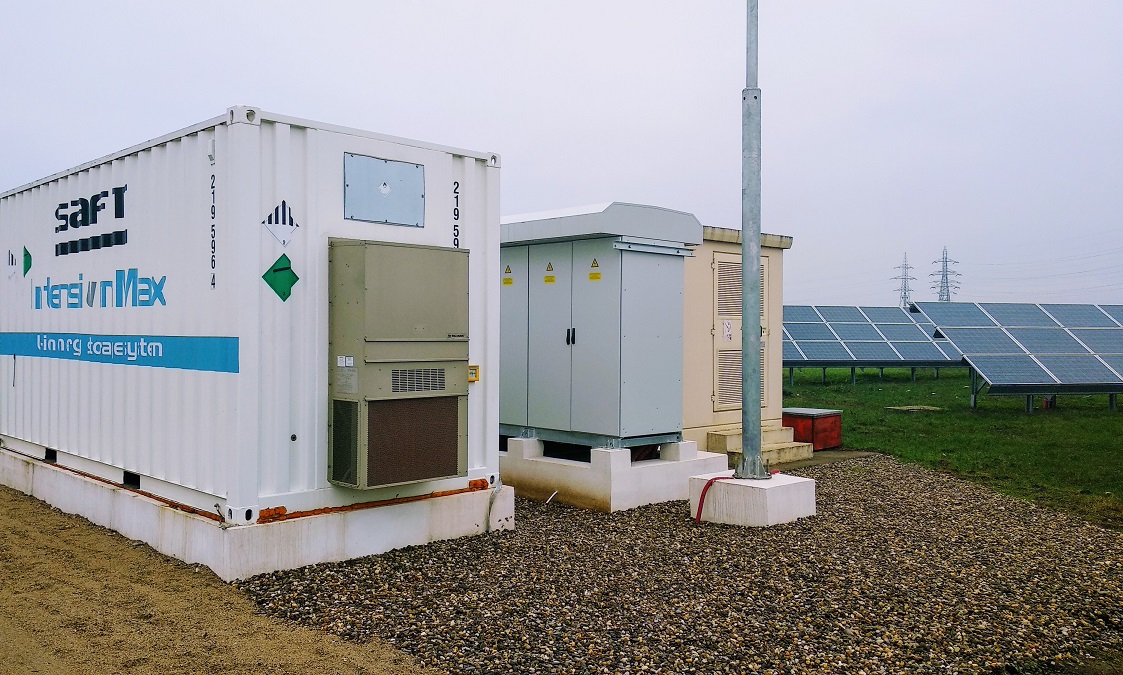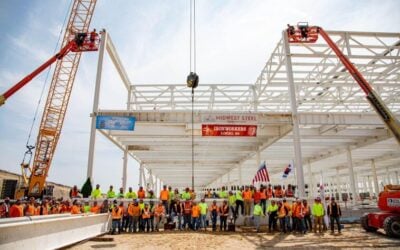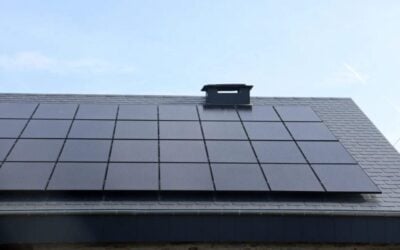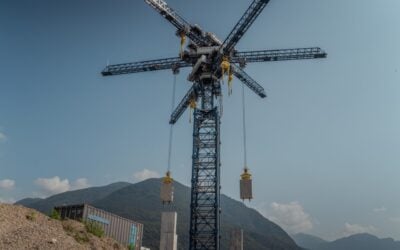
Portuguese utility EDP will double down on efforts to grow its energy storage and green hydrogen capabilities through two separate business units focused on the technologies.
The storage unit will be associated with EDP Renováveis’ (EDPR) operations in the US and will be dedicated to the development of energy storage technologies, targeting 1GW of capacity by 2026.
EDPR’s most significant storage installation to date is the Sonrisa project in California, which is expected to start operations in 2022 and will feature 200MW of solar paired with 40MW of energy storage.
“The growing penetration of renewable energy sources increasingly requires integration with storage systems, such as batteries, to provide the necessary flexibility to the electrical system and thus enhance the growth of renewable energy sources themselves,” said EDP CEO Miguel Stilwell de Andrade.
Try Premium for just $1
- Full premium access for the first month at only $1
- Converts to an annual rate after 30 days unless cancelled
- Cancel anytime during the trial period
Premium Benefits
- Expert industry analysis and interviews
- Digital access to PV Tech Power journal
- Exclusive event discounts
Or get the full Premium subscription right away
Or continue reading this article for free
The H2 Business Unit (H2BU), meanwhile, will be the company’s new arm for the development of green hydrogen, a market it said “represents one of the growth axes for EDP”, thanks in part to decarbonisation objectives and the continued cost reductions of producing the fuel.
Prioritising the US and Europe, H2BU will leverage EDP’s renewables portfolio to focus on green hydrogen production for industries such as steel, chemistry, refining and cement, as well as heavy transport.
EDP’s current green hydrogen operations include the H2Sines plant in Portugal and the Behyond project, a partnership between Portugal and Norway to study the feasibility of offshore wind-powered hydrogen production. The firm is also part of the newly founded European Clean Hydrogen Alliance.
Stilwell de Andrade said the combination of renewables in electricity generation with the electrification of consumption “will be the most cost-effective way for decarbonisation for most of the final energy uses”, adding: “But if we want to meet the goals of carbon neutrality, we will need to use other energy vectors, such as green hydrogen, to respond to sectors where electricity is not a technically viable or economically attractive option.”
Announced last year, the European Union’s green hydrogen strategy calls for at least 40GW of renewable hydrogen electrolysers by 2030, which would require between 80 – 120GW of solar and wind capacity.





